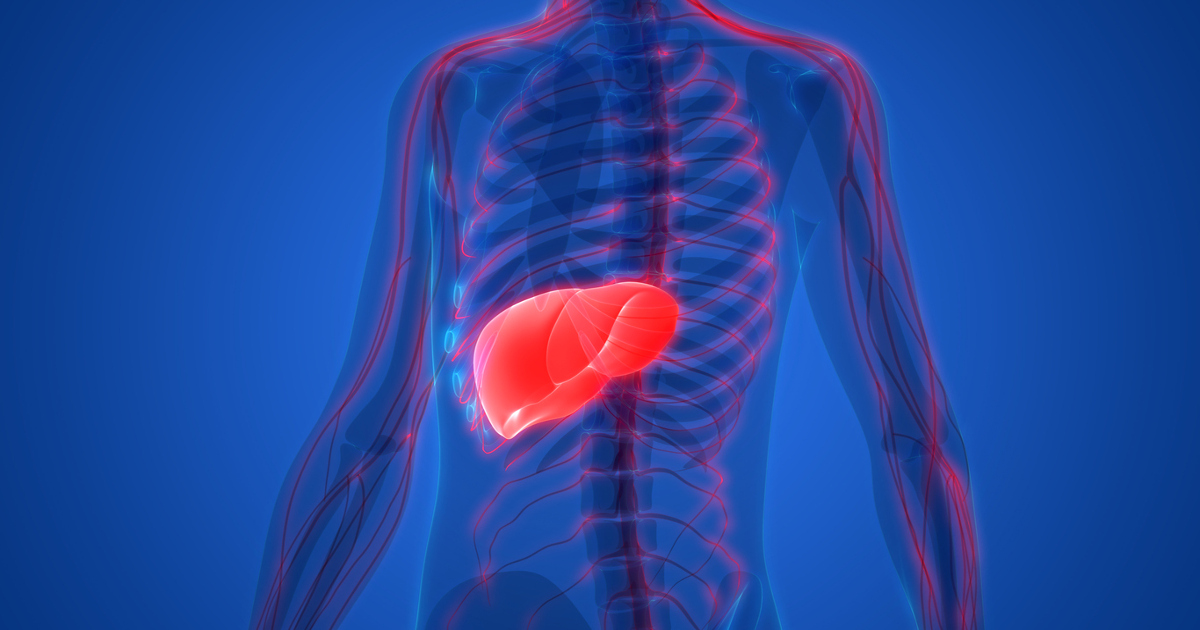What Are The Symptoms Of Biliary Atresia?
Biliary atresia, a liver condition, develops shortly before or after birth, and it occurs when the biliary system is missing or closed. This prevents bile (a liquid comprised of bile salts, cholesterol, bilirubin, and waste products) from draining properly out of the liver and into the small intestine. The bile accumulates in the liver, and this causes scarring and other damage that could progress to cirrhosis. To diagnose biliary atresia, doctors perform a physical exam to check for potential signs of liver damage. Blood tests are necessary, and patients might also need to undergo an abdominal ultrasound, HIDA scan, or liver biopsy. The primary treatment method for biliary atresia is a surgical procedure known as the Kasai procedure. Surgeons re-establish proper bile flow by connecting the small intestine directly to the liver. This operation generally has the highest success rate if it is performed within the first two months of an infant's life. While the procedure is successful in up to eighty percent of cases, it is not considered a cure for this condition, and some patients will need to have a liver transplant later in life.
The primary symptoms associated with biliary atresia are outlined below.
Jaundice

Jaundice refers to a yellow discoloration of the skin or eyes. This symptom generally occurs due to a buildup of bilirubin, a yellow-orange substance that is part of bile. In patients with biliary atresia, jaundice develops due to the absence or closure of the bile ducts and the resultant accumulation of bilirubin in the liver. While infant jaundice is fairly common and usually resolves, it typically persists in patients with biliary atresia for more than two weeks. Doctors check infants for jaundice by performing a visual inspection of the skin during a physical examination. They may gently move the patient's eyelids to check whether jaundice is also present in the eyes. Doctors will continue to monitor a patient's jaundice at regular intervals, and the symptom usually resolves with successful treatment for biliary atresia.
Keep reading to learn more about the symptoms of biliary atresia now.
Enlarged Liver

As fluid builds up in the liver, the organ may swell. To assess the liver size, doctors begin by performing an abdominal examination. During the exam, they gently tap and press on the area where the liver is located. This can give them an estimate of the overall size of the organ, and physicians will also check whether the liver feels harder than it should during the exam. To confirm the exact size of the liver, an abdominal ultrasound will be performed. This test helps visualize the liver and determine if there are any abnormalities in the organ or bile ducts. Patients with an enlarged liver sometimes present with an enlarged spleen, too. Doctors will check both organs during the physical exam and abdominal ultrasound.
Uncover more warning signs of biliary atresia now.
Dark-Colored Urine

Parents of infants with biliary atresia may notice changes in the color of the baby's urine. Normally, healthy urine is light yellow. Patients with liver and bile duct problems often produce dark-colored urine instead. While dark-colored urine can occur in healthy individuals who are dehydrated, it develops in infants with biliary atresia regardless of hydration levels. Parents may start to notice dark-colored urine in their baby's diaper at around two weeks after birth. To assess infants for possible biliary atresia, physicians will ask parents questions about their child's urinary output, and they may also perform a urinalysis. It can be helpful for parents to keep a diary of any noticeable changes in urine color or output so this information can be shared with their doctor. In particular, doctors will want to know when this symptom was first noticed, how long it has been occurring, and whether it occurs daily or intermittently.
Read more about the symptoms of biliary atresia now.
Pale Stool

Bile helps give stool its normal brownish color, and a pale stool is generally an indication that little to no bile can reach the intestine. Pale stools might look like putty or clay, and they could sometimes be white. Patients with this symptom typically also present with jaundice. Parents should make a note of any pale, clay-colored, or white stools their infant has, and the doctor should be informed urgently, as this symptom needs prompt investigation. Doctors will ask the parent questions about how long their child has been experiencing pale stools and about any color changes in the stool that may have occurred. They will want to know when this symptom began and whether it occurs regularly or just occasionally. Since pale stool is suggestive of liver and bile duct problems, doctors will perform blood tests and imaging studies to try to determine the underlying cause. Blood tests will be carried out to measure bilirubin and the levels of specific liver enzymes such as AST, ALT, and GGT. Patients will also have an abdominal ultrasound, and a DISIDA or HIDA scan will be done to check whether bile can flow from the liver into the gallbladder and intestines. Pale stools often resolve once bilirubin levels are normalized.
Get more details on the symptoms of biliary atresia now.
Weight Loss

Infants with biliary atresia often fail to gain sufficient weight, and they may also experience weight loss. These issues sometimes occur alongside a swollen abdomen. Patients with biliary issues have a faster metabolism than those without the disorder, and they require a higher calorie diet to maintain weight and grow. Biliary atresia makes it difficult for the body to digest fats, and the liver damage caused by the condition may lead to protein and vitamin deficiencies. To reduce the risk of weight loss and nutritional deficiencies, doctors recommend consulting a pediatric nutritionist. The nutritionist will provide advice on creating a higher calorie diet plan for the baby. In conjunction with the child's doctor, they can also help with advice on supplements to correct any vitamin deficiencies that might occur. Infants who have significant liver damage due to biliary atresia may become too ill to eat. In this instance, a high-calorie liquid formula may be administered through a nasogastric tube to help prevent malnutrition. After having the Kasai procedure, patients are often able to digest food normally, and this helps them gain sufficient weight. However, some patients might still need to take vitamin supplements or make dietary adjustments following the operation.